Uganda Shea Carbon Insets Project Supports Fruit Tree Distribution in Okere
- Okere City

- Jun 11, 2025
- 2 min read

In Okere, every seedling planted carries a promise—a promise of restored ecosystems, resilient livelihoods, and healthier households. On 11 June 2025, the Okere City/Forested Shea Carbon Insets Project marked another milestone in its journey to transform rural landscapes through climate-smart agriculture and community-based agroforestry.
Before the first seedling touched the soil, farmers gathered for a training session that covered essential skills: proper planting methods, spacing, mulching, watering, and early tree management. This hands-on capacity-building ensured that each farmer not only received trees but also the knowledge to help them thrive.
Distribution at a Glance
A total of 532 fruit tree seedlings were distributed to 76 smallholder farmers drawn from 15 villages in Okere Parish. Each farmer received a package of seven seedlings to diversify their farms and strengthen household resilience.
Seedling Type | Number per Farmer | Total Distributed |
Citrus | 3 | 228 |
Mango | 2 | 152 |
Jackfruit | 2 | 152 |
Baobab |
| 50 |
Total | 7 | 532 |
Among the beneficiaries were 38 men and 38 women, all actively engaged in subsistence and small-scale commercial agriculture.
Why This Matters
The distribution activity was not just about trees—it was about transforming lives and healing the land. The project seeks to:
Enhance tree cover for increased carbon sequestration under the Shea Carbon Project.
Improve household nutrition and income through fruit production.
Build farmer capacity in tree planting and management practices.
Promote agroforestry integration with shea trees to strengthen climate adaptation.
Alongside this distribution, the Shea Insets Project continued other critical interventions:
Calliandra planting: 60 seedlings were planted near the beekeeping site to support honey production and improve soil fertility.
Food security support: 200 kilograms of maize seeds were given to farmers, ensuring immediate food availability and diversifying income streams.
Tree nursery development: With 30kgs of potting bags and a greenhouse net, Okere City’s nursery is nurturing the next generation of trees. Already, 5,000 shea seeds and 500 mango seeds have been sown, with 100 citrus seedlings budded and thriving.
Beekeeping site progress: Construction of a shade structure for the beekeeping demonstration site reached 70% completion, reinforcing our integrated approach to sustainable livelihoods.
The Road Ahead
The farmers have pledged to nurture the seedlings, and project teams will conduct follow-ups to ensure survival and maximize impact. The expected outcomes are clear:
Thriving fruit trees that supplement shea agroforestry systems.
Stronger farmer resilience through diversified food and income sources.
Increased carbon capture, contributing to Uganda’s climate goals.
A model of community-led climate adaptation that can inspire other regions.
Conclusion
The Uganda Shea Carbon Insets Project is more than tree planting—it is about rooting hope in the soil of Okere, where every seedling represents a step toward environmental restoration and economic empowerment. With each citrus, mango, jackfruit, or shea tree that takes root, we are shaping a greener tomorrow for families, for the community, and for the planet.
Together, we are growing shea and fruit trees. Together, we are growing resilience.
PHOTO GALLERY




























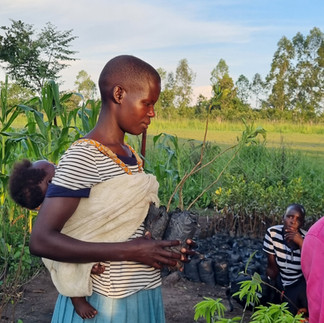


















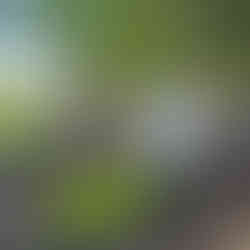






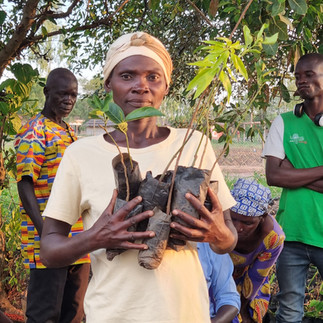





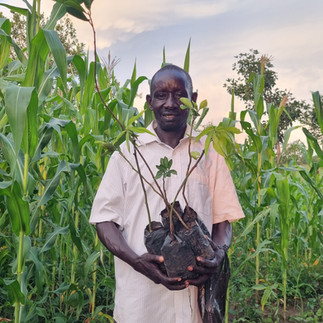




















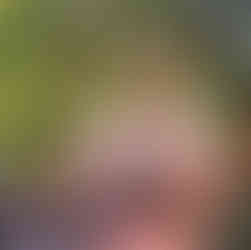













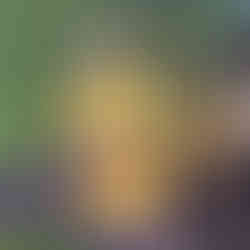






Comments